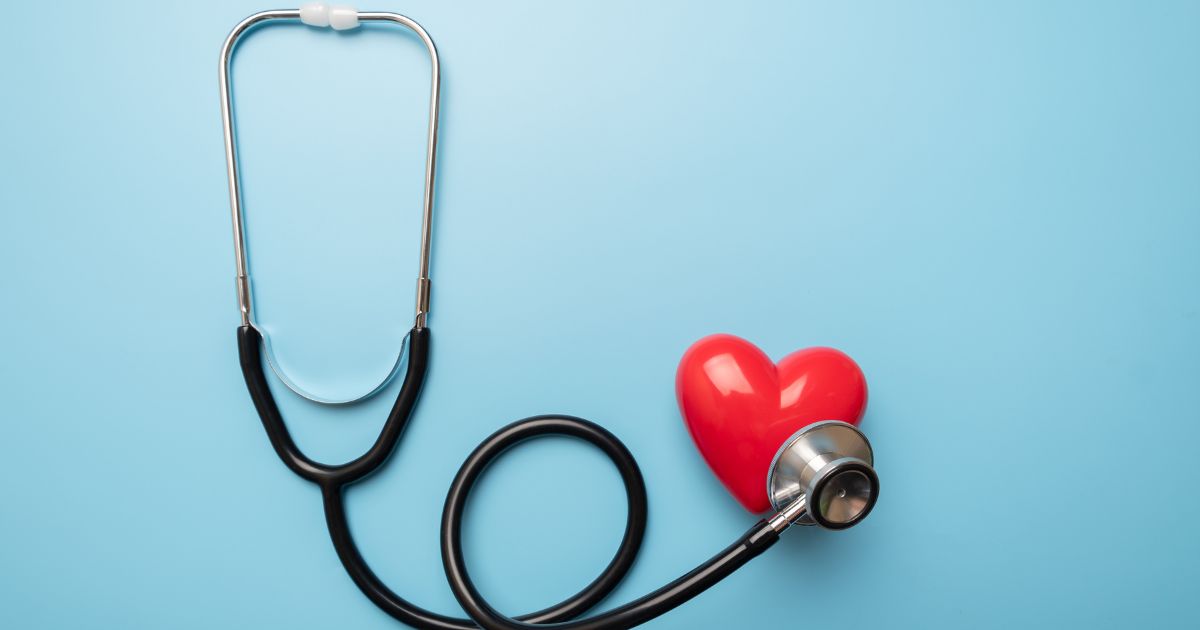Heart Attack and Cardiac Arrest: Signs, Symptoms and How to Save a Life
- Category: Heart & Vascular
- Posted On:

February is American Heart Month, when it’s important to highlight cardiovascular health and the signs and symptoms of potential heart troubles.
The most common heart emergencies are cardiac arrest and heart attack. Acting quickly can be the difference between life and death when it comes to these two conditions.
However, it's easy to confuse a heart attack and cardiac arrest.
Here’s the difference: Most heart attack victims are awake and complaining of pain or difficulty breathing. All sudden cardiac arrest victims are unconscious and not breathing. If they don’t receive help ASAP to keep blood circulating, they will not survive.
A heart attack occurs when one or more blood vessels supplying the heart muscle are partially or completely blocked, restricting the flow of blood through the heart and out to the rest of the body. Symptoms include:
- Discomfort, pressure or tightness in the chest
- Pain or discomfort in the arm, back or neck, usually on the left side
- Excessive sweating
- Shortness of breath, either with exertion or at rest
- Nausea
- Vomiting
- Dizziness
Cardiac arrest is caused by an electrical malfunction, which can cause the heart to stop beating or result in an irregular heartbeat and disruption in pumping function, disrupting the flow of blood to the brain, lungs and other organs. Cardiac arrest is a leading cause of death and often comes with no warning symptoms. Signs of sudden cardiac arrest are immediate and drastic, and include:
- Sudden collapse
- No pulse
- No breathing
- Loss of consciousness
However, sometimes symptoms precede sudden cardiac arrest and include fatigue, fainting, blackouts, dizziness, chest pain, shortness of breath, weakness, palpitations or vomiting. Death occurs within minutes if the victim doesn't receive treatment.
If you or someone you see is experiencing chest pain or shortness of breath, it’s likely a heart attack, and you should call 911.
If someone is unconscious and not breathing, call 911 and start chest compressions immediately. According to the American Heart Association, about 90% of people who suffer out-of-hospital cardiac arrests die. CPR, especially if performed immediately, can double or triple a cardiac arrest victim’s chance of survival.
Becoming a “trystander” instead of a bystander can save a life. If you are trained in CPR, start compressions and breathing immediately. If you aren’t trained, hands-only CPR has been shown to be as effective in the first few minutes as conventional CPR.
All you need to do is push hard and fast in the center of the chest to the beat of a familiar song that has 100 to 120 compressions, or beats, per minute, such as “Stayin’ Alive” by the Bee Gees or “Crazy in Love” by Beyoncé.
“About 70% of out-of-hospital cardiac arrests happen in the home,” says interventional cardiologist Randolph Renzi, MD, Winchester Cardiology and Vascular Medicine | Valley Health. “Sadly, less than 46% of people who experience a cardiac arrest at home receive bystander CPR before EMS arrives. It only takes 90 seconds to learn how to save a life by learning hands-only CPR. You can be the difference in saving a life.”


